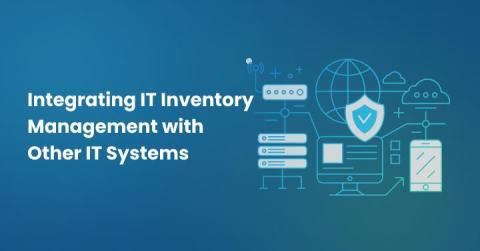Top 5 Things to Consider When Selecting a Log Analysis Platform
Here in this blog, we will discuss in detail how log analysis techniques are vital for the operation and protection of today’s complex IT networks. Understanding the functioning of the systems from where the log data is collected and analyzing user behavior is very much possible from log data originating from an organization’s software applications, networks, and security tools. They can also identify some situations that could be implying security issues.










